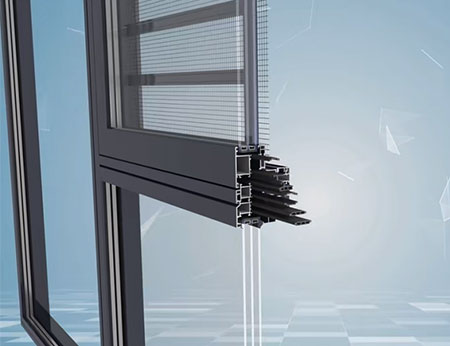Aluminium profiles (typically referring to aluminium ceiling panels, aluminium grilles, aluminium square tubes and other aluminium ceiling materials) are used for ceilings. With their material properties and processing advantages, they have become one of the mainstream choices foe ceilings in homes and commercial spaces (such as offices, shopping malls, and hotels). The core benefits can be summarized as follows:
The physical properties pf aluminium profiles determine their excellent durability and can handle common problems in ceiling environments: Corrosion-resistant and rust-free: The surface of aluminium naturally forms a dense oxide film, which can resist the erosion of moisture, cooking fumes and water vapor. It is especially suitable for spaces such as kitchens (with heavy cooking fumes) and bathrooms (with high humidity), avoiding the problems of traditional gypsum boards and wooden ceilings that are prone to moisture, mold and deformation.
As a top decoration, safety is the core consideration for the ceiling. Aluminium profiles have a significant advantage in this regard–
Fire retardant: Aluminium is a difficult-to-burn material (with a fire resistance rating of A1, non-combustiable). It will not burn when exposed to open flames and does not release toxic gases. It is especially suitable for commercial space (such as shopping malls and hospitals) or areas with high fire protection requirements such as home kitchens. Compared with wooden ceilings (flammable) and plastic ceilings (releasing toxic gases when burning), it is safer.
Lightweight and load-bearing friendly: The density of aluminium is only 2.7g/㎤, which is much lower than that of steel (7.85g/㎤). The weoght of an aluminium profile ceiling per square meter is usually only 3-8kg, exerting a small load-bearing pressure on the building’s ceiling surface. There is no need for additional reinforcement, reducing the risk of “ceiling falling off due to excessive weight”.
Environmentally friendly and odorless: High-quality aluminium profiles are made of primary aluminium or high-purity recycled aluminium, and the surface coating is mostly environmentally friendly resins (such as epoxy resin, fluorocarbon resin). During production and use, they do not release harmful gases such as formaldehyde and benzene, meeting indoor environmental protection standards (such as epoxy resin, fluorocarbon resin). During production and use, they do not release harmful gases such as formaldehyde and benzene, meeting indoor environmental protection standards (such as E0 grade, EU CE standard), and are suitable for sensitive space such as families and children’s rooms.)
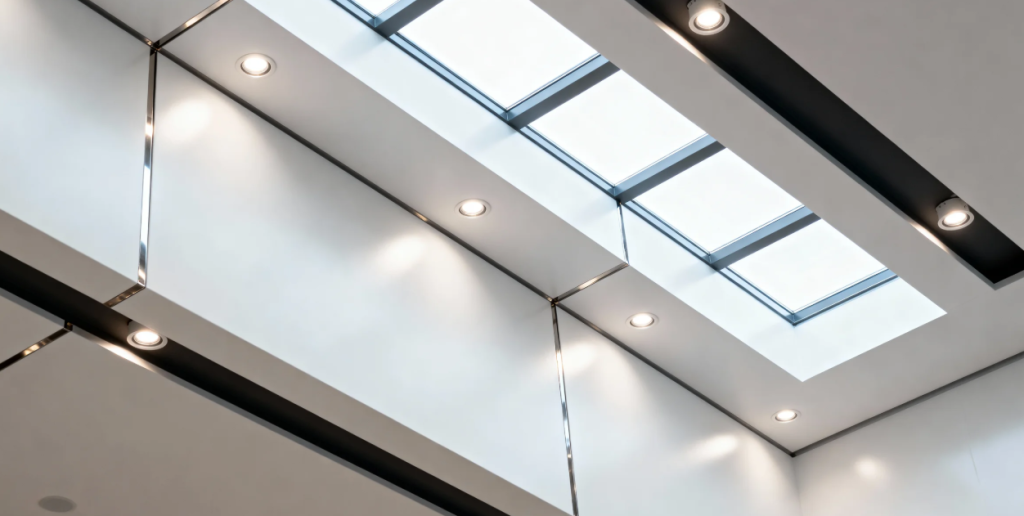
The design flexibility and functional adaptability of aluminium profile ceilings can meet the usage requirements of different spaces:
Easy to clean: Easily deal with stains, the surface is smooth and does not absorb water. Daily cleaning only requires wiping with a damp cloth to remove cooking fumes and dust. Heavy grease stains on the kitchen ceiling can be cleaned with neutral detergent, without the need for “remove and change the heavy brush” like drywall.
Easy installation: save time and cost: aluminium profiles for modular design (such as aluminium fasteners for 300*300mm, 600*600mm specifications, aluminium square tubes are spliced in a strip shape). No complex base treatment is required during installation (for instance, gypsum boards need to install keels, hang nets, and apply putty). It can be operated by a single person, and the construction period is usually shortened by more than 50% compared to traditional ceilings.
Convenient maintenance: No need to damage the ceiling: Aluminium profiles can be disassembled separately (for example, aluminium ceiling panels can be taken off one by one, and aluminium square tubes can be directly lifted). If there is a fault with the water and electricity pipelines or lamps on the top, only the profiles in the corresponding area need to be removed for maintenance. After maintenance, re-installation does not affect the overall aesthetics, avoiding the problem of “maintenance must be damaged” in traditional ceilings.
Aluminium profile ceilings, through the diversity of materials, colors and shapes, can match different decoration styles:
Rich in color and texture: The surface can be processed into various effects, such as matte white, glossy silver, wood grain, stone grain, and brushed metal, etc. It can not only create a simple modern and industrial style, but also be suitable for Chinese and light luxury styles (for example, wood grain aluminium square tubes can be matched with Chinese furniture, and brushed aluminium ceiling panels can be matched with light luxury kitchens).
Flexible and diverse shapes: In addition to the traditional flat ceiling, “layered ceilings” and “irregular ceilings” can also be achieved through aluminium grilles, aluminium square tubes, aluminium honeycomb panels, etc. (for example, arc-shaped aluminium square tubes create a curved top, and aluminium grilles create a transparent “suspended feeling”), which is especially suitable for personalized designs in commercial spaces (such as shopping mall atriums and hotel lobbies).
Visual height and size increase: “hollowed-out” aluminium profile ceilings such as aluminium grilles and aluminium square tubes can reduce the oppressive feeling at the top, making the space appear more transparent and tall. It can be used in small-sized apartments or spaces with low ceilings (such as apartment kitchens) to avoid the problem of traditional ceilings “pressing down the floor height”.
Although the single purchase cost of aluminium profile ceilings is slightly higher than that of gypsum boards (for example, the unit price of aluminium ceiling panels is about 50-150 yuan per square meter, and that of gypsum is about 30-80 yuan per square meter), when considering the overall long-term usage cost, it is more cost-effective:
No frequent maintenance required: Traditional gypsum board ceilings need to be repaired and repainted every 3 to 5 years, with a single maintenance cost of approximately 20 to 50 yuan per square meter. Aluminium profile ceilings require almost no maintenance and have no additional costs within 10 years.
The secondary decoration can be recycled: The aluminium profiles can be recycled. The aluminium profiles removed during the secondary decoration can be resold or reprocessed, reducing construction waste and also offsetting part of the decoration cost.
Preferred scenarios: kitchen, bathroom, balcony (damp/heavy cooking fumes), commercial space (high fire prevention/maintenance requirements), small-sized apartment (appears transparent).
Carefully select the scene: A bedroom that pursues the ultimate “warm and cozy texture” (it can be combined with a ceiling made of gypsum board and aluminum profiles, balancing texture and practicality).
In conclusion, aluminum profile ceilings have the core advantages of “durability, safety, practicality and aesthetics”, and are particularly suitable for scenarios with high requirements for ceiling functionality (such as moisture-proofing, fireproofing and easy cleaning). They are an excellent choice that combines “short-term convenience” and “long-term peace of mind”.
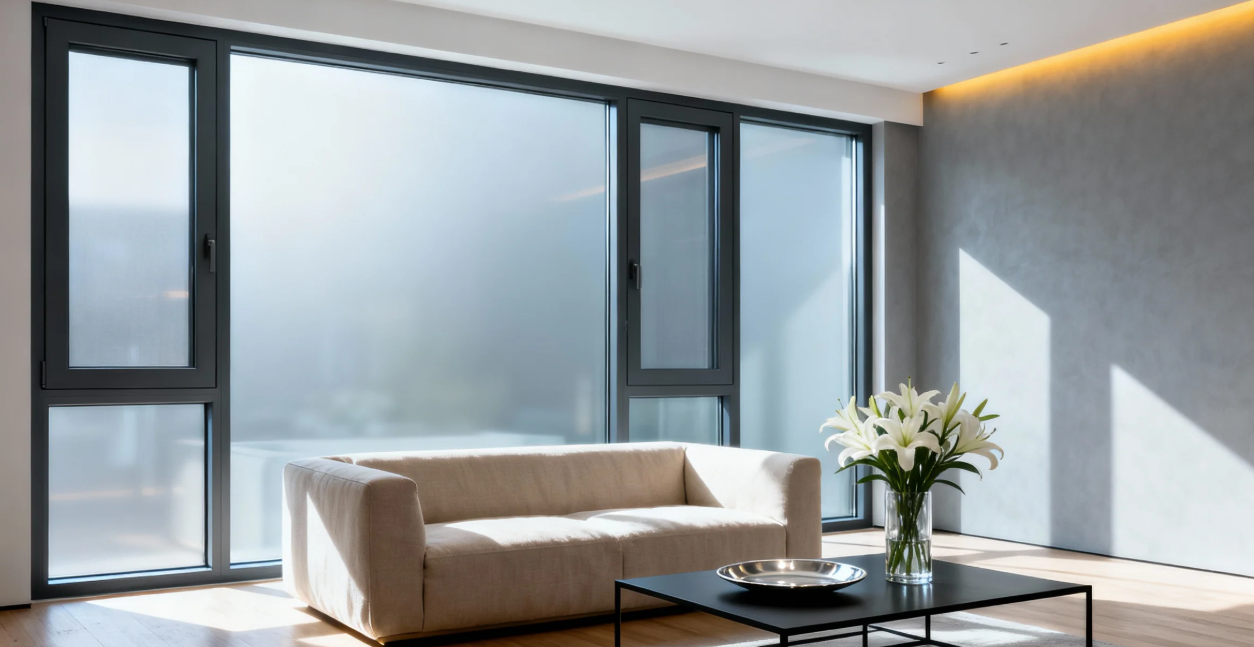
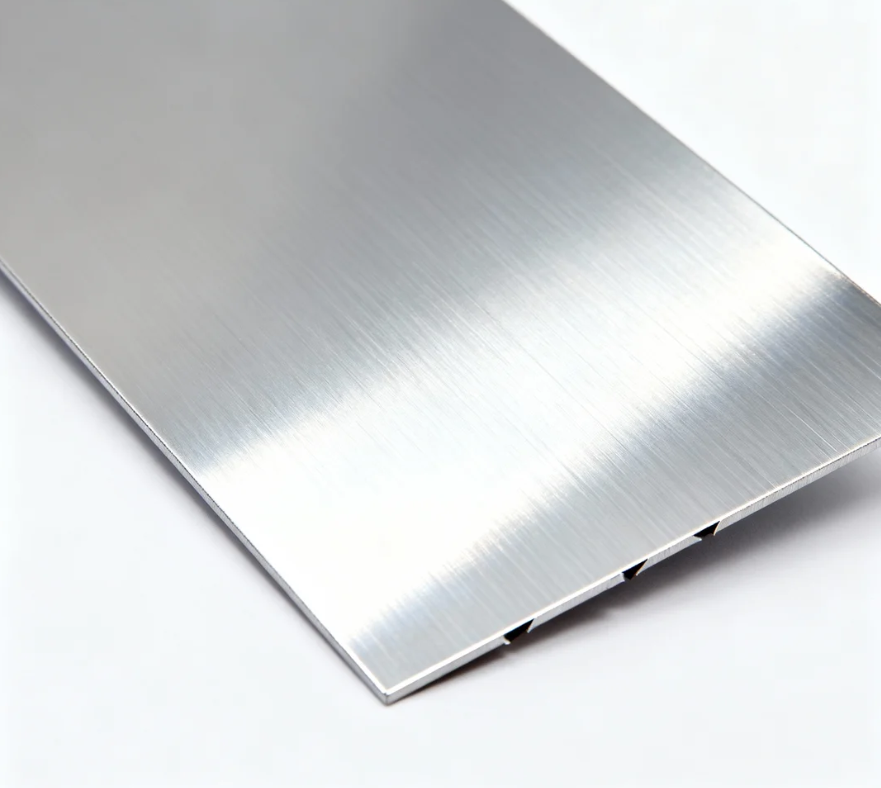
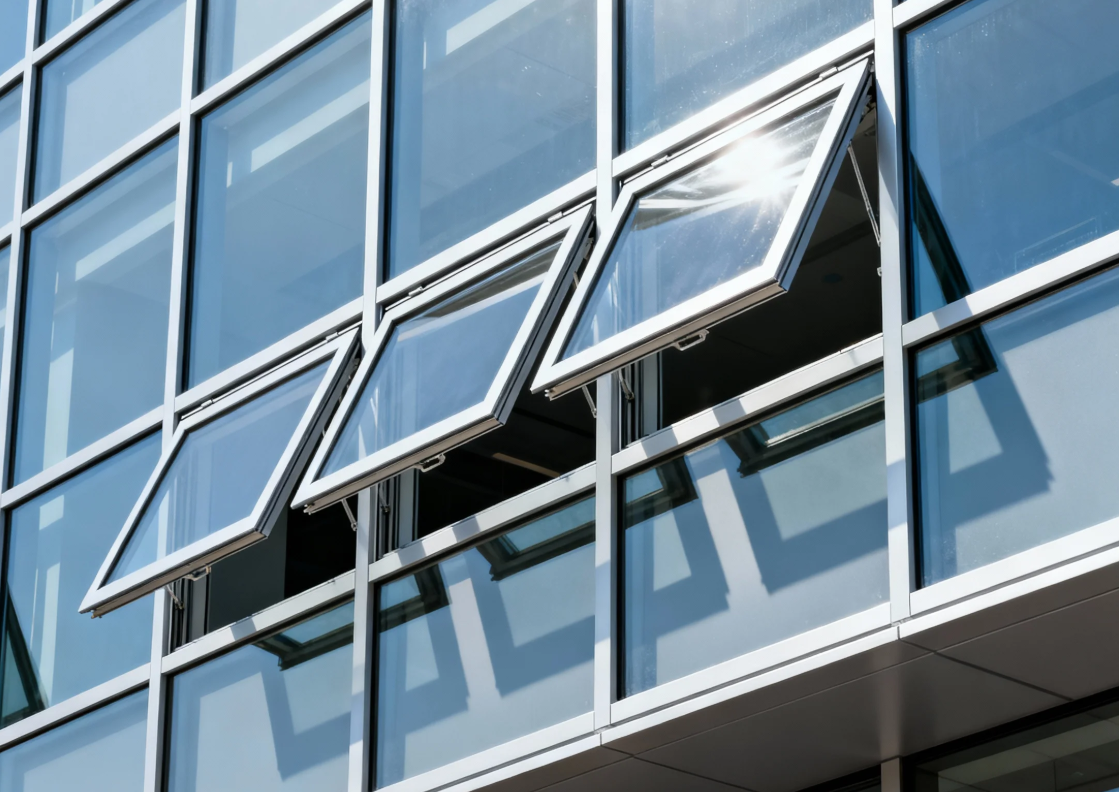
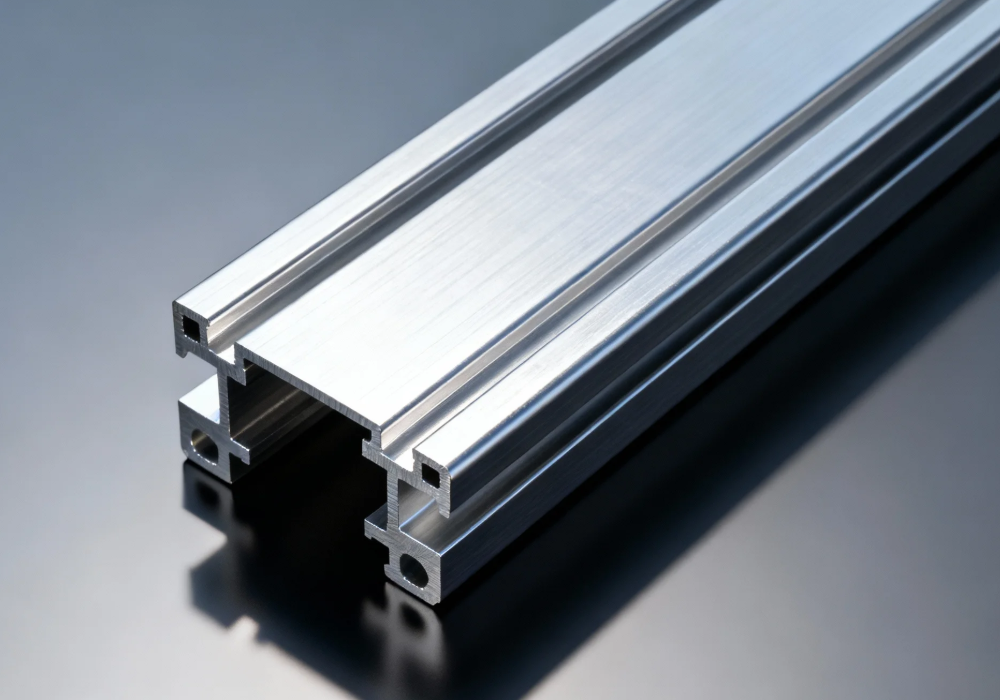
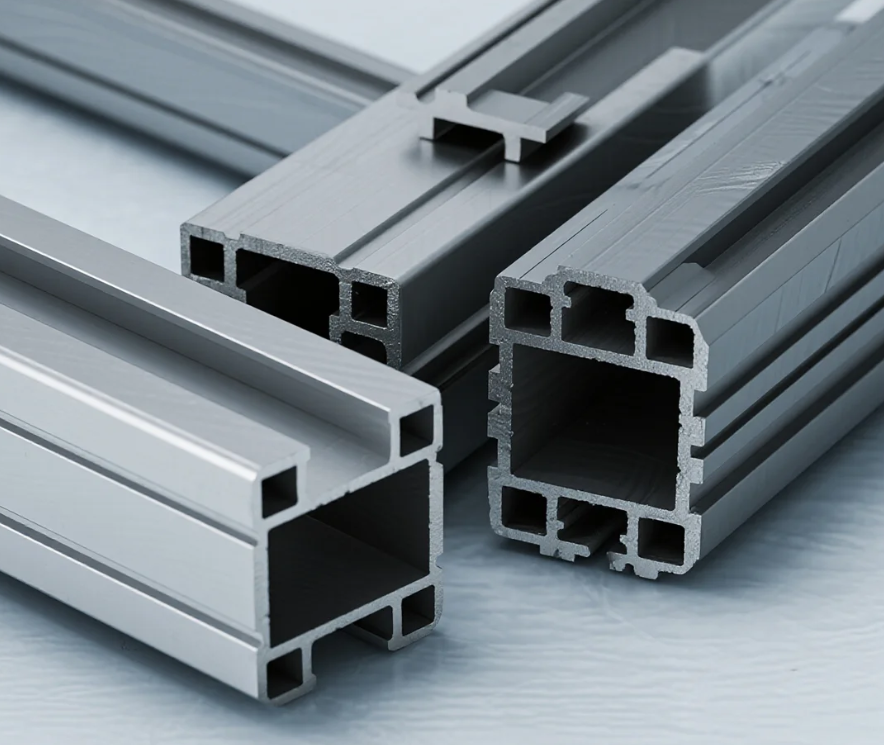
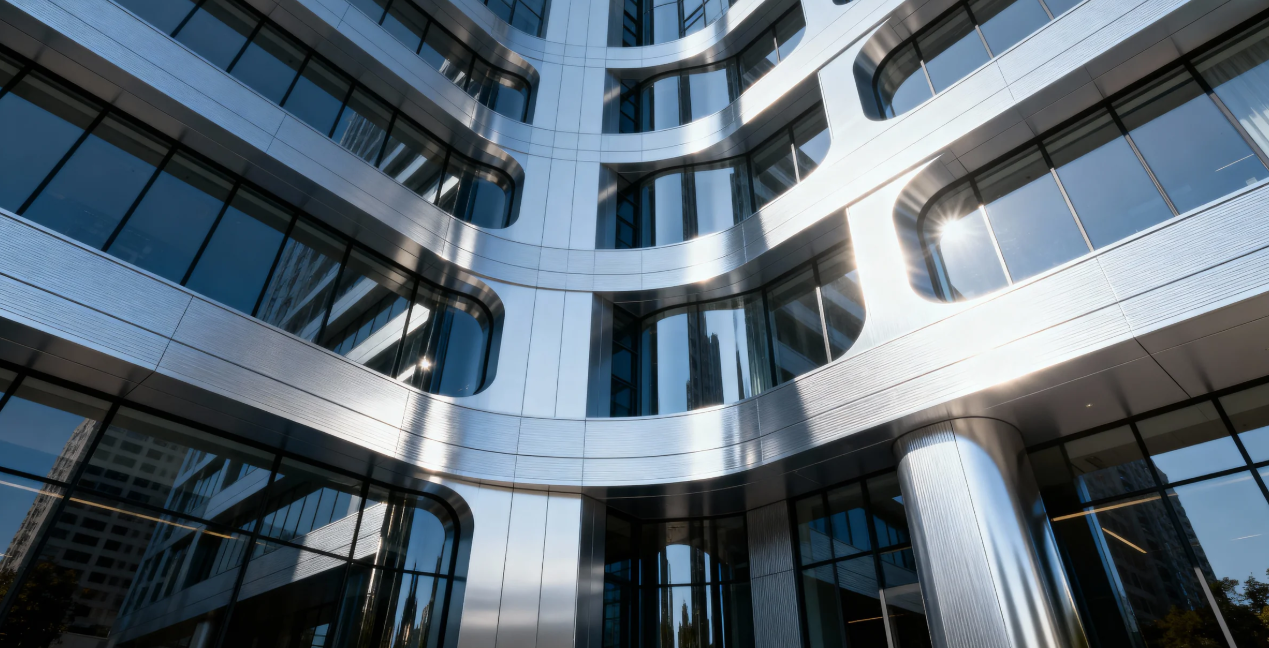
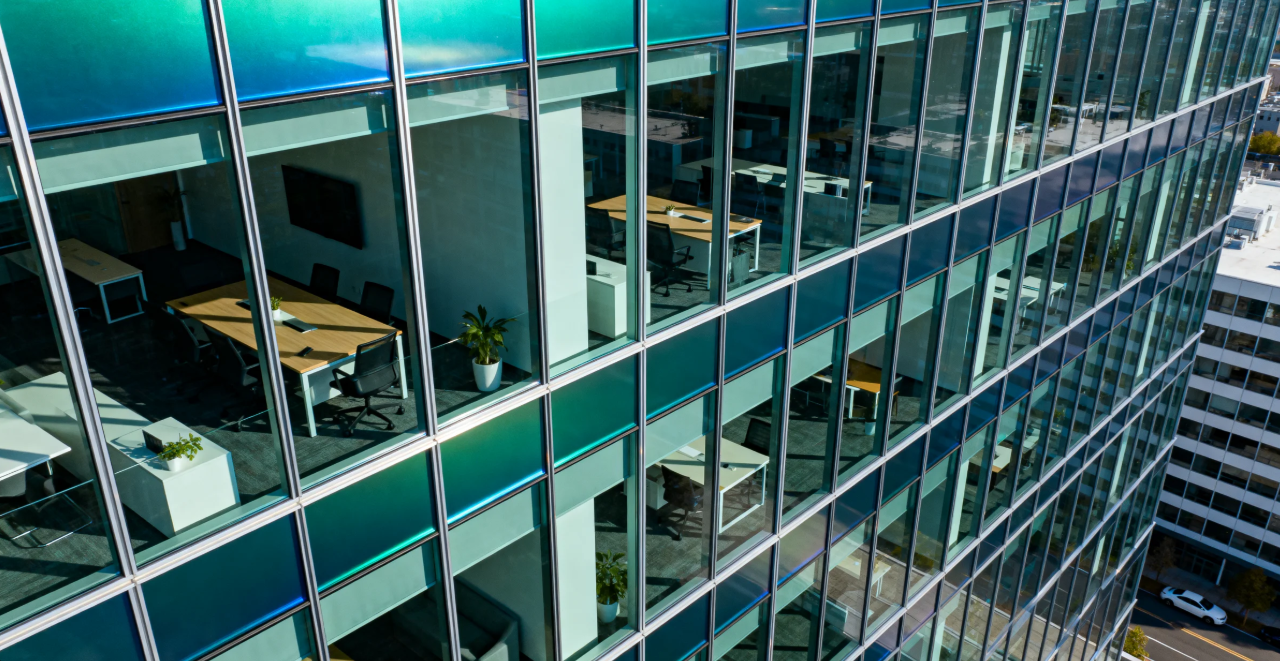
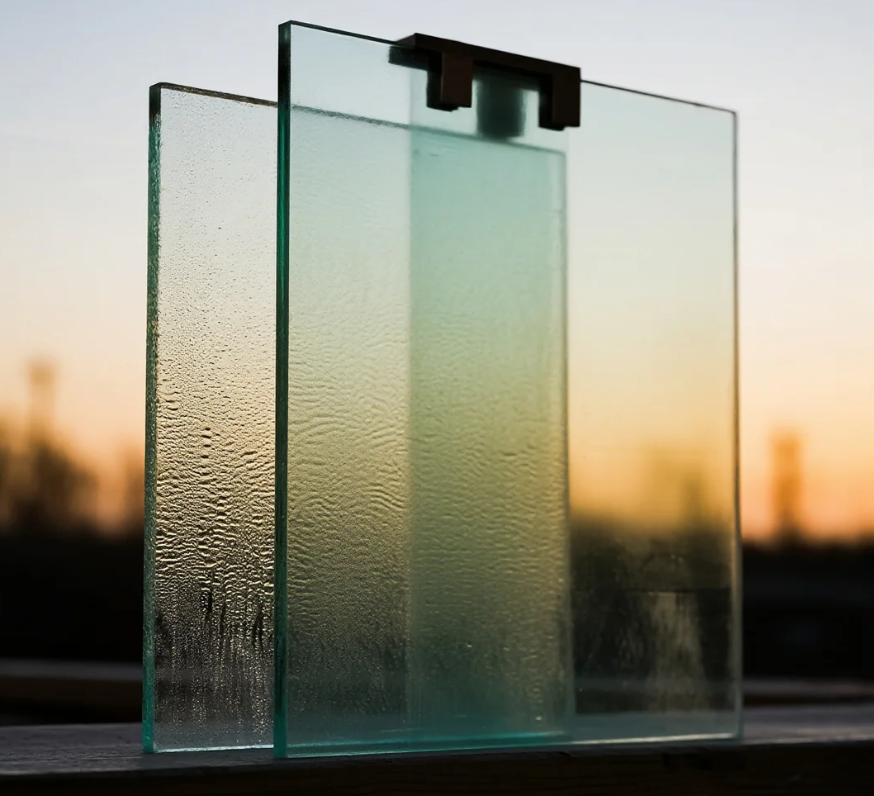
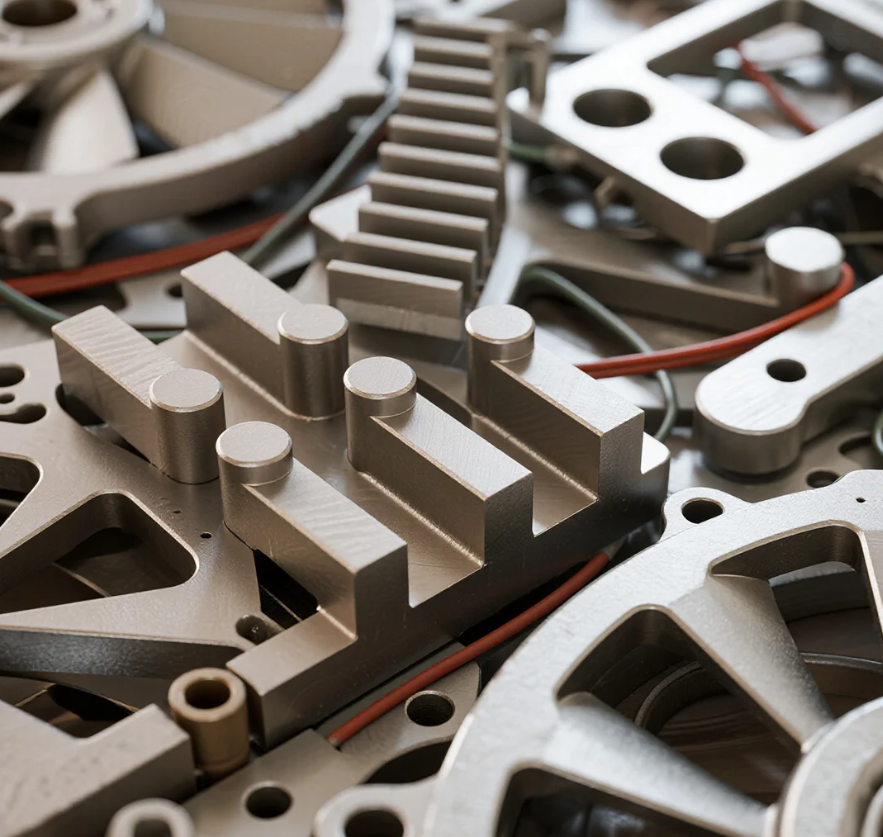
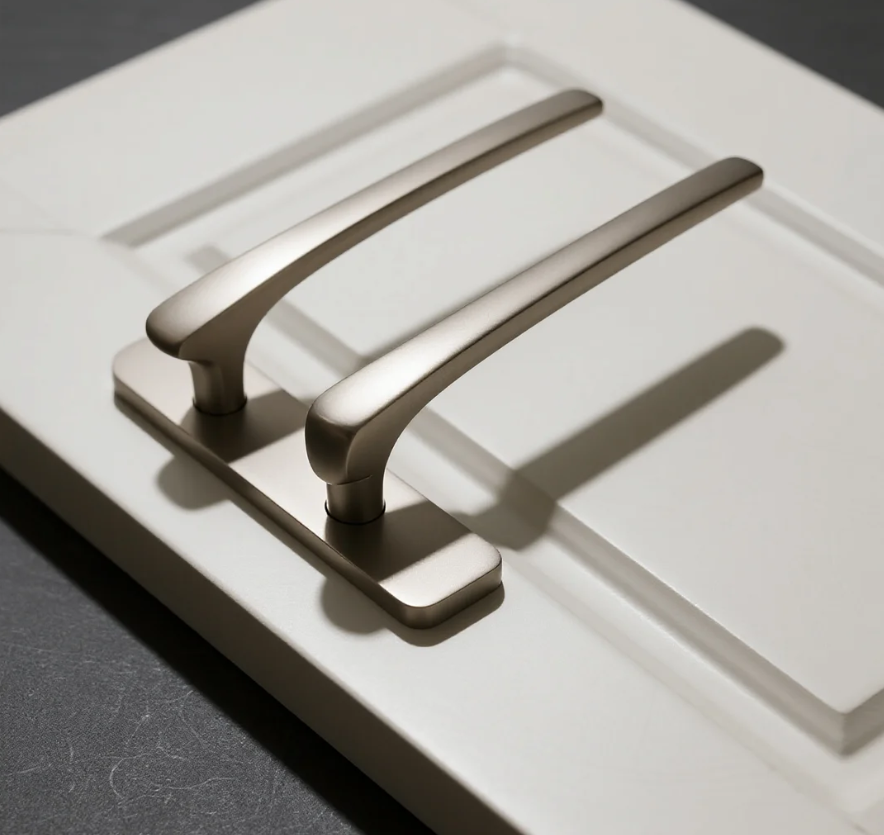
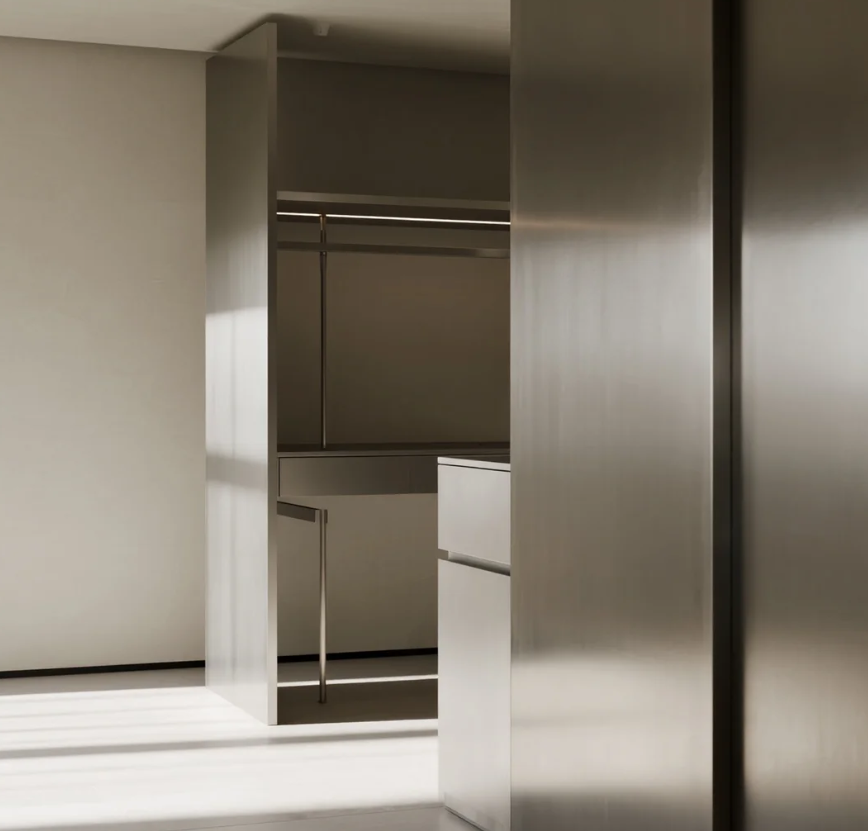
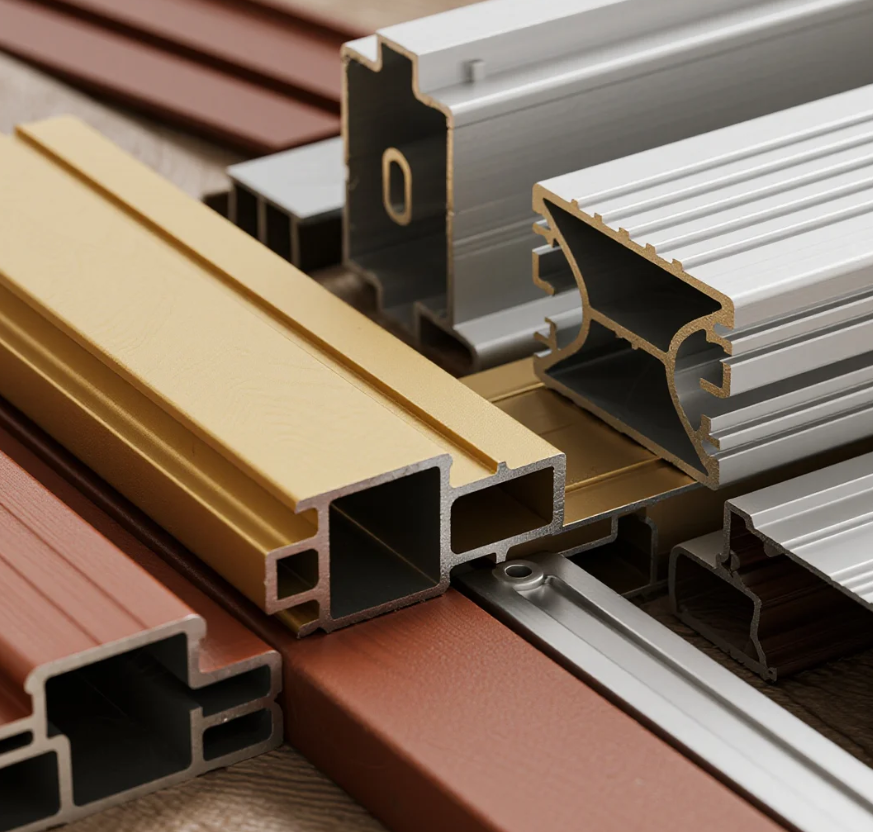
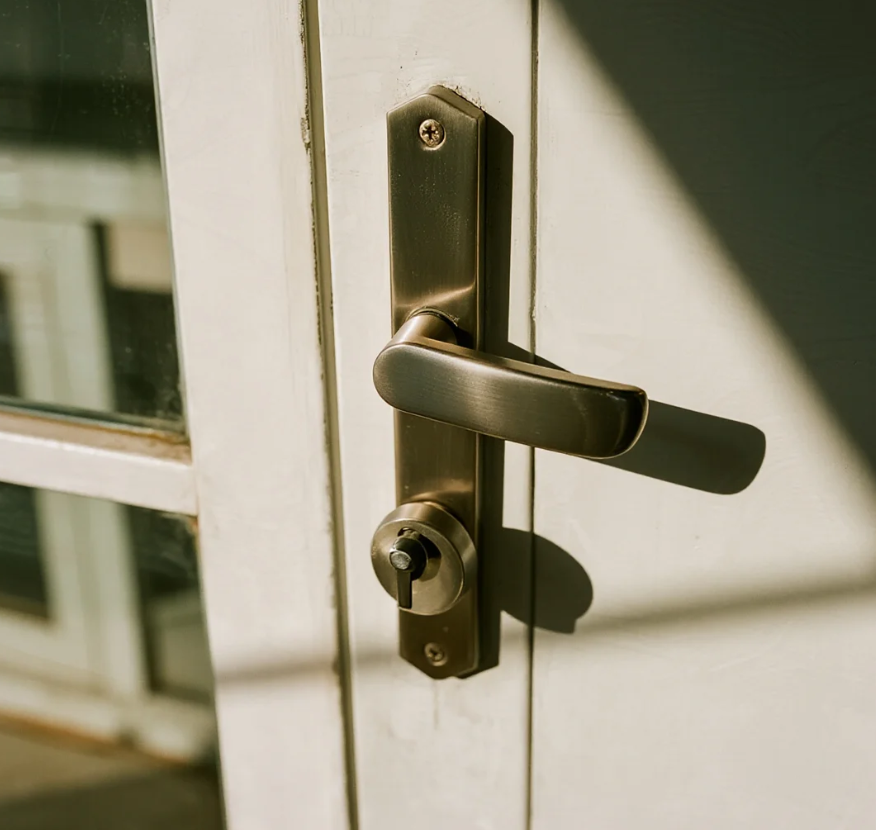
Methods for distinguishing Indoor and Outdoor Aluminium Doors
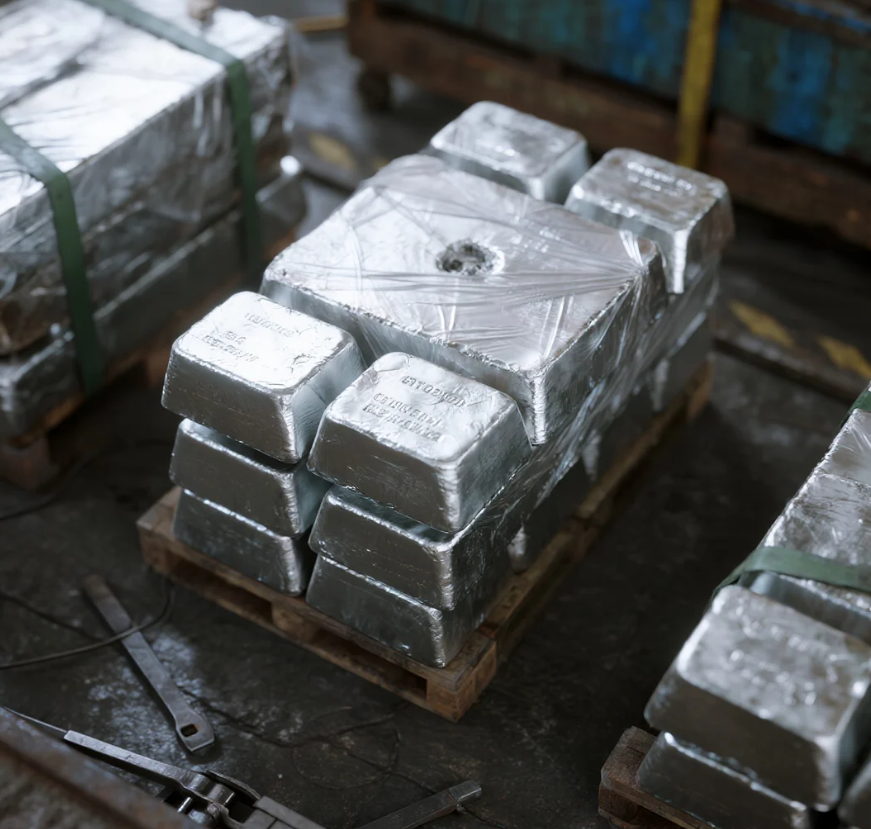
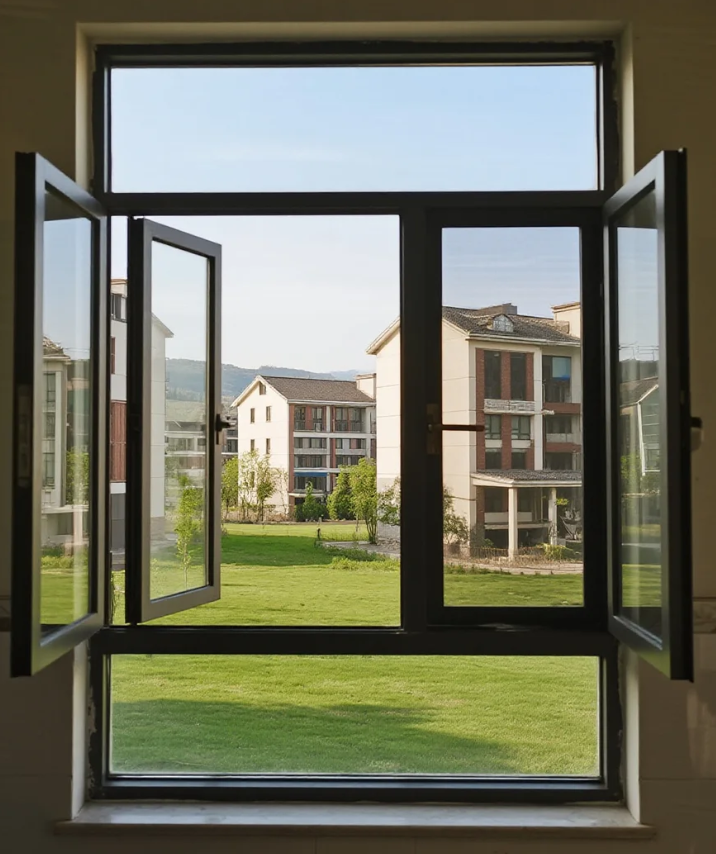
Maintenance methods and tips for aluminium doors and windows
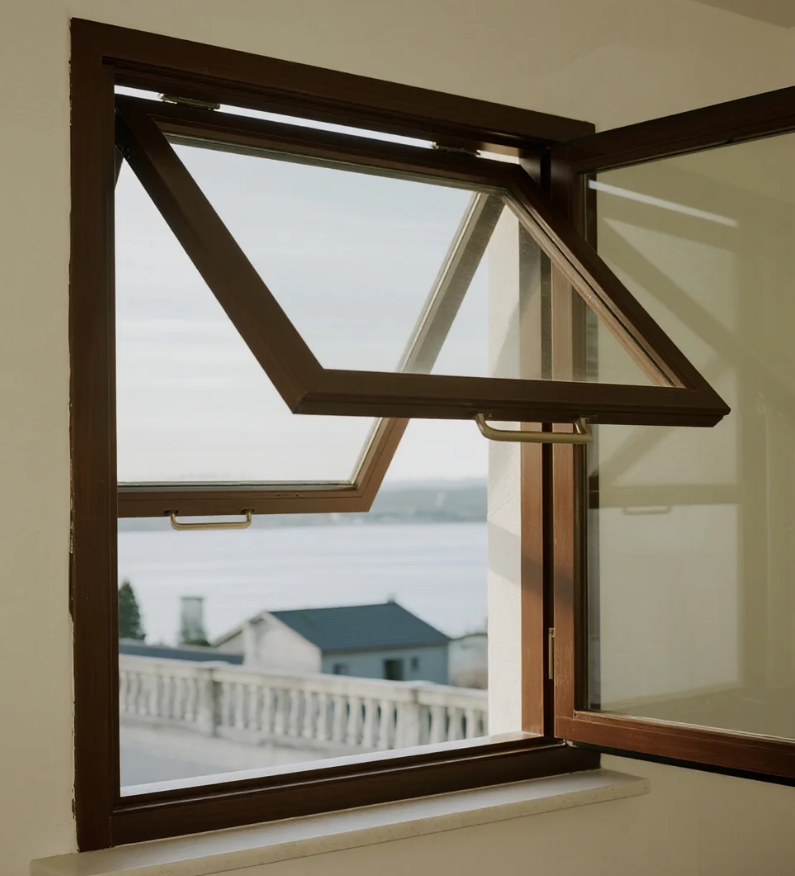
Characteristic of outward-opening and hung aluminium windows
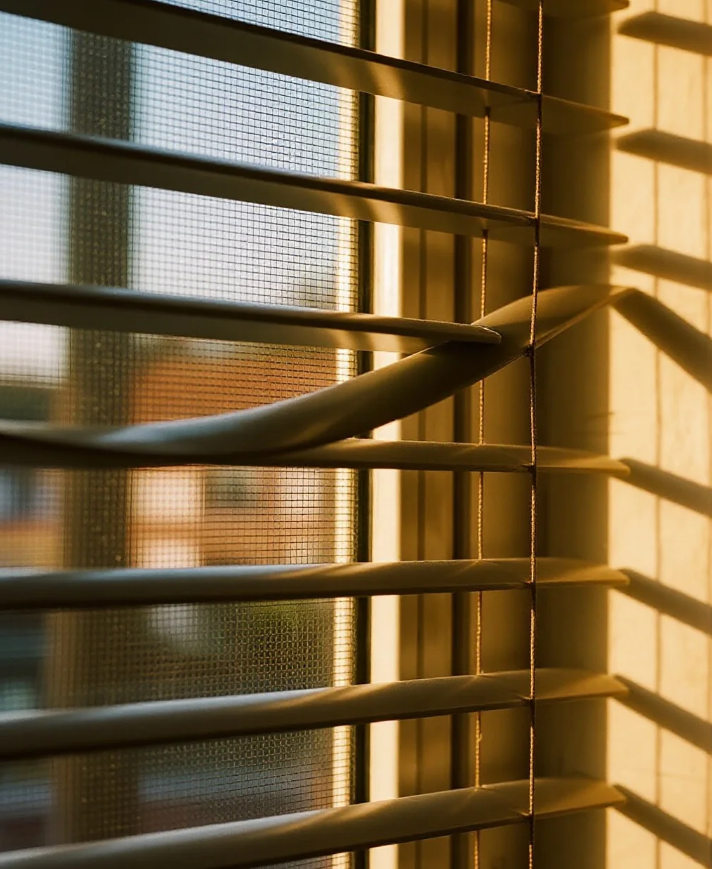

Xinhe Aluminium Research: 7.14-7.18 Analysis of Aluminium Prices
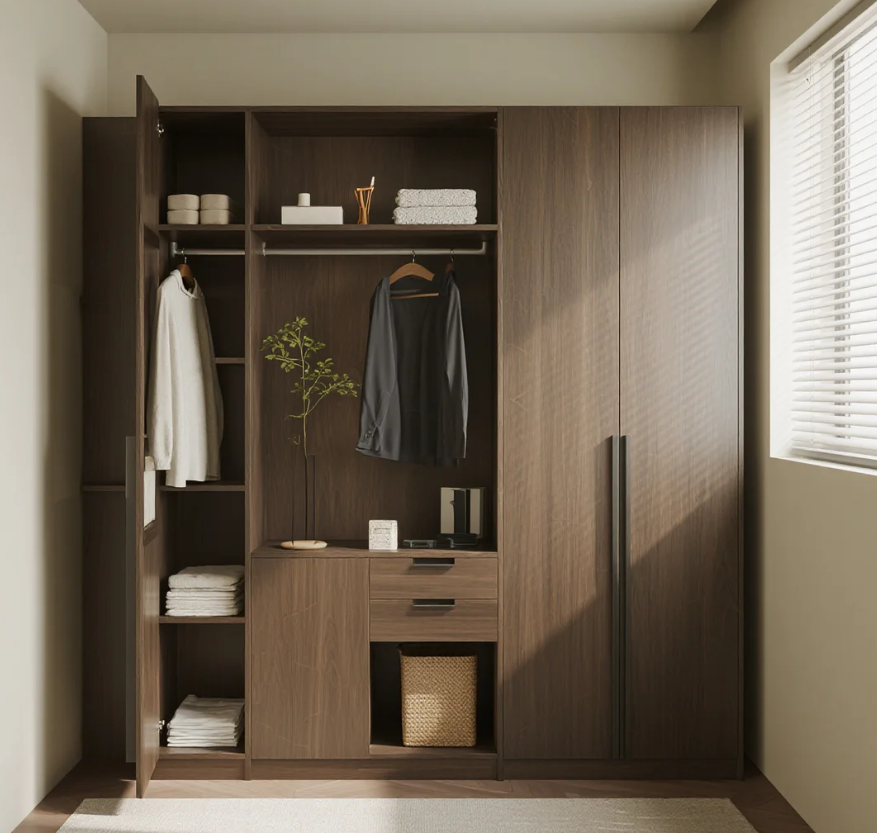
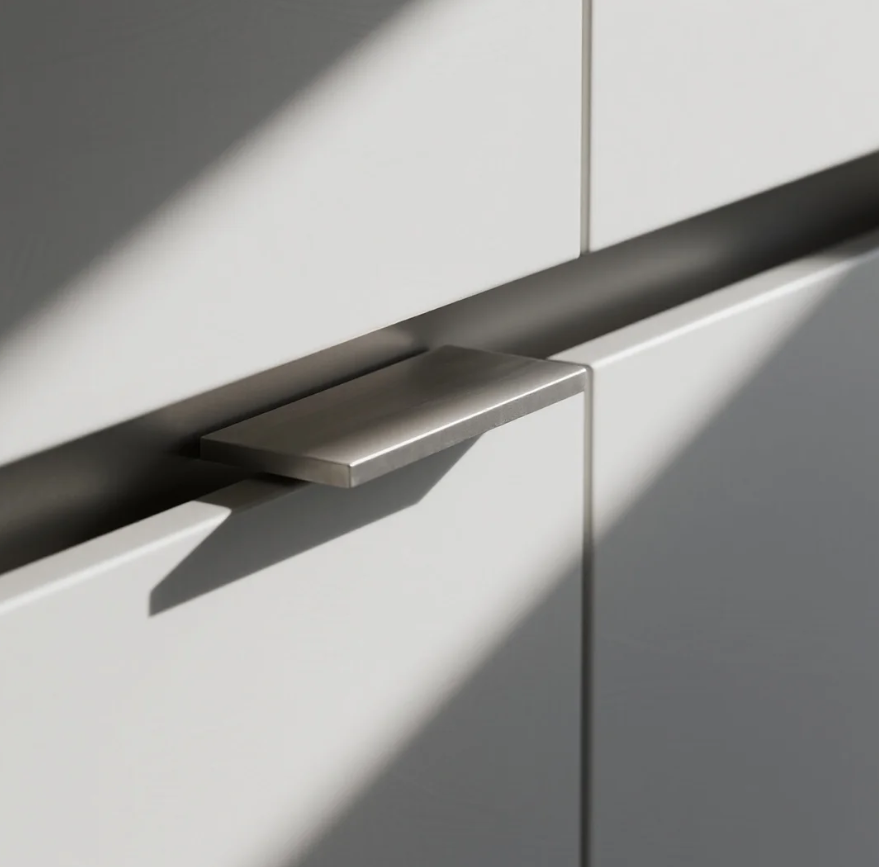
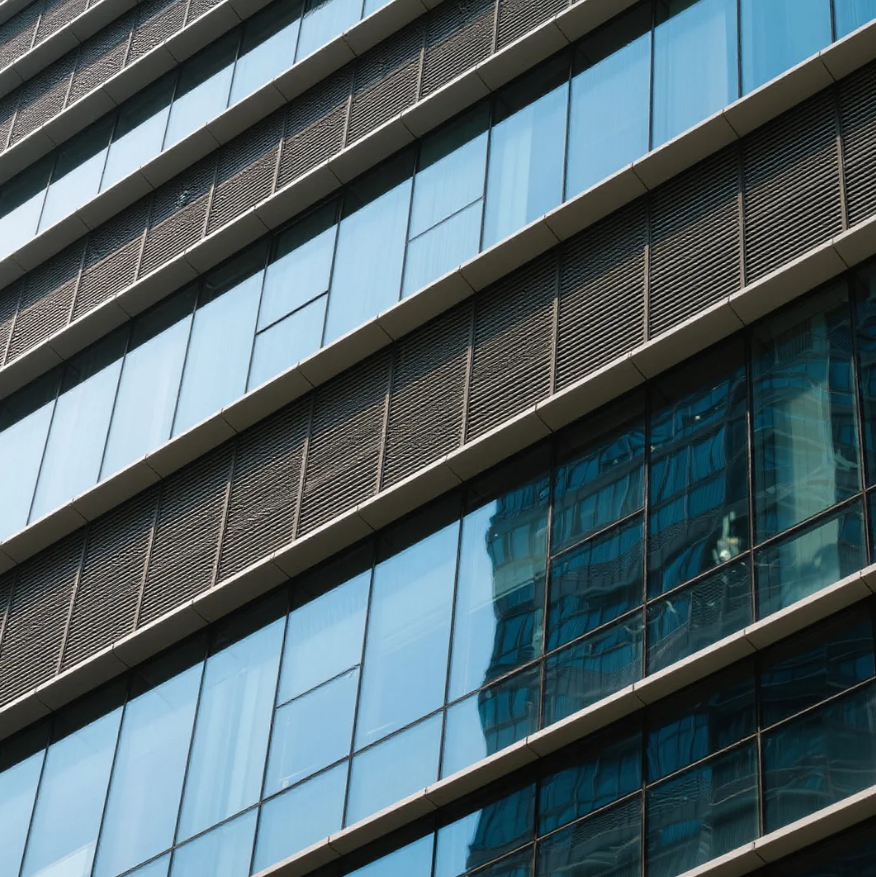
Seven Benefits Of Using Aluminium Profiles In Curtain Wall Systems
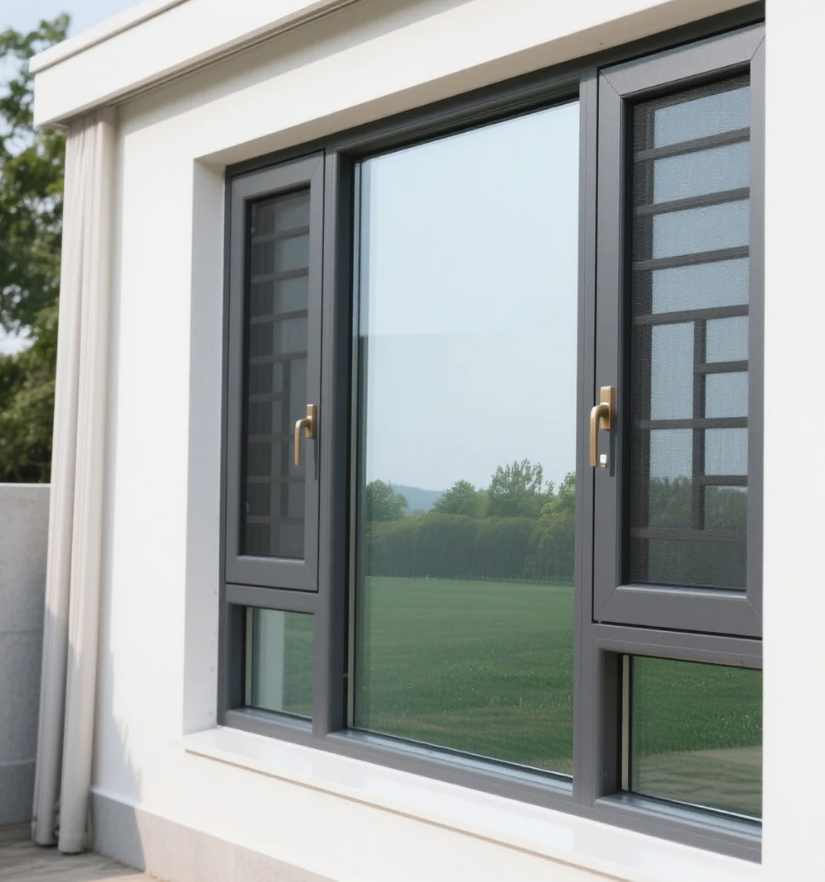
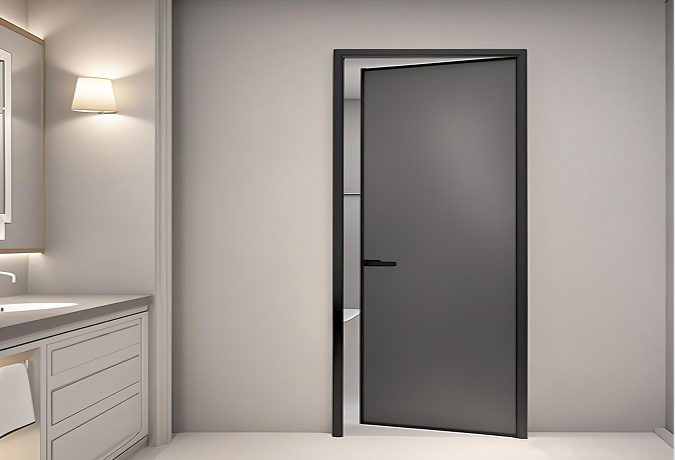
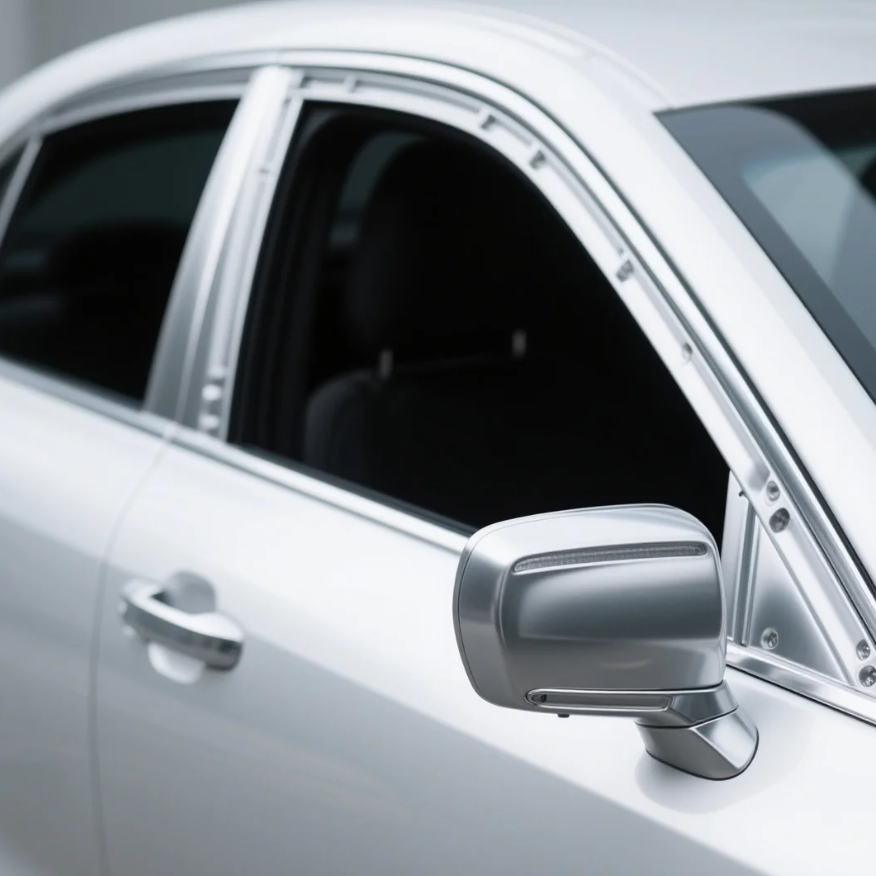
The Application of Aluminium Profiles in New Energy Vehicles
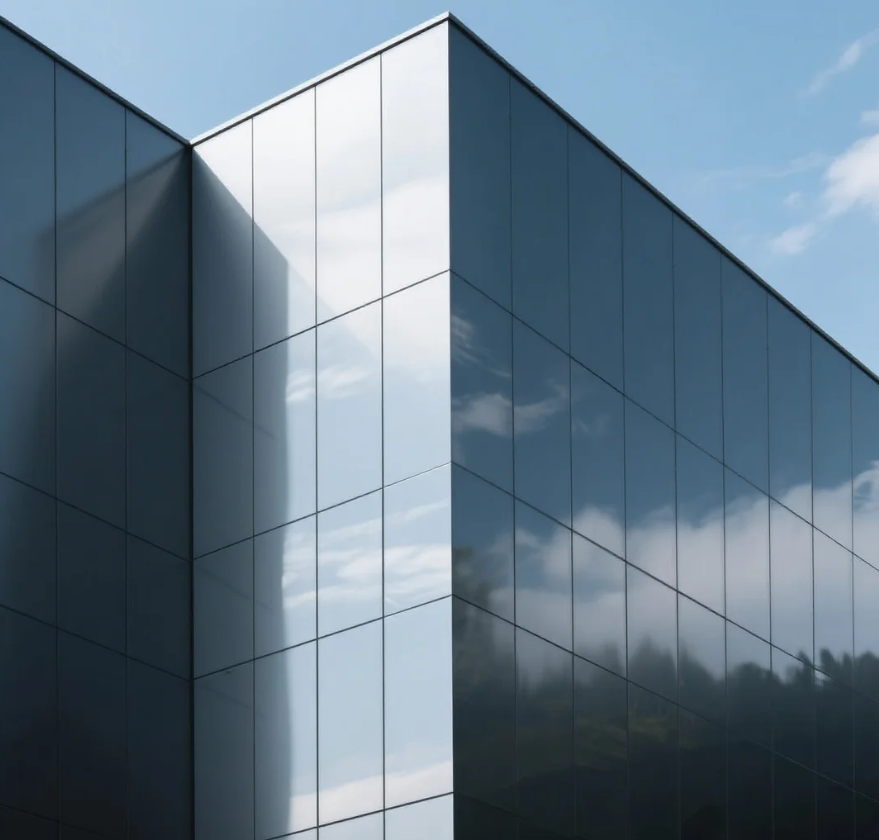
The Composition and Application of Series 6 Aluminium Alloys
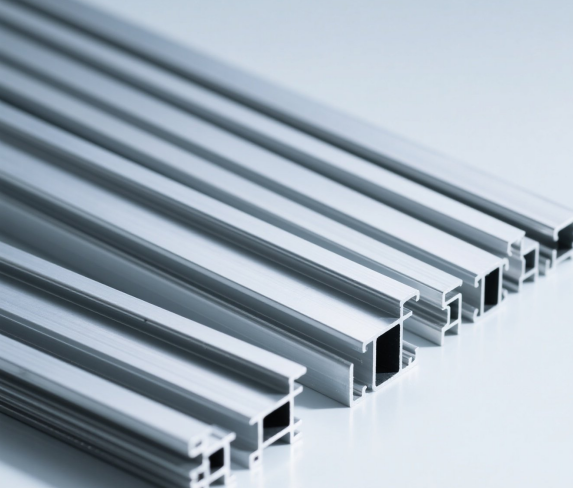
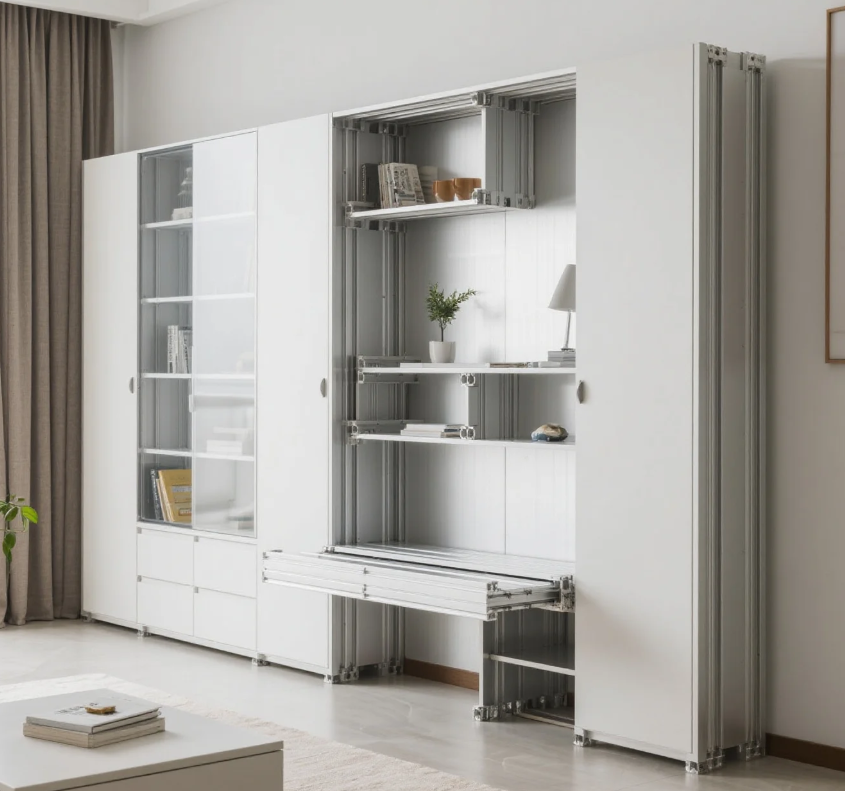
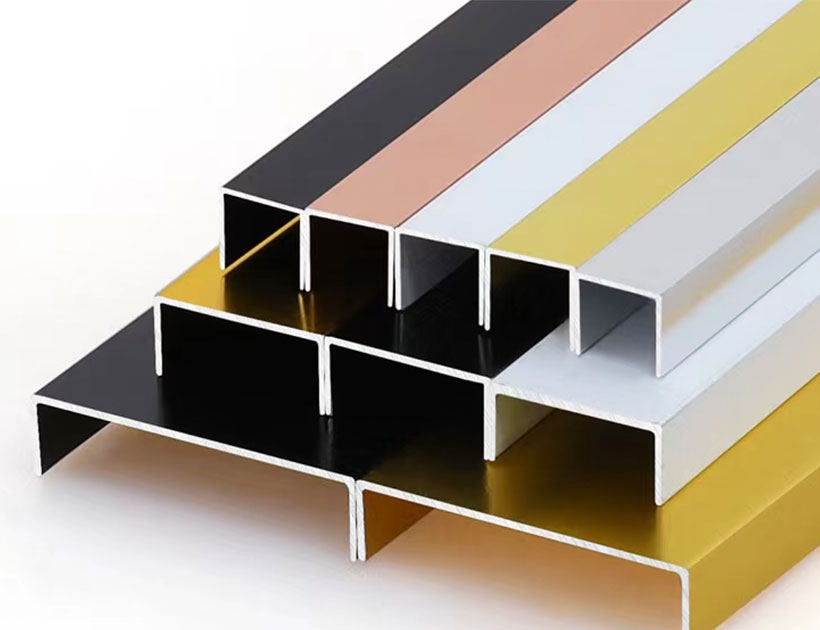
Top 5 Benefits of Using LED Aluminium Profiles in Modern Lighting
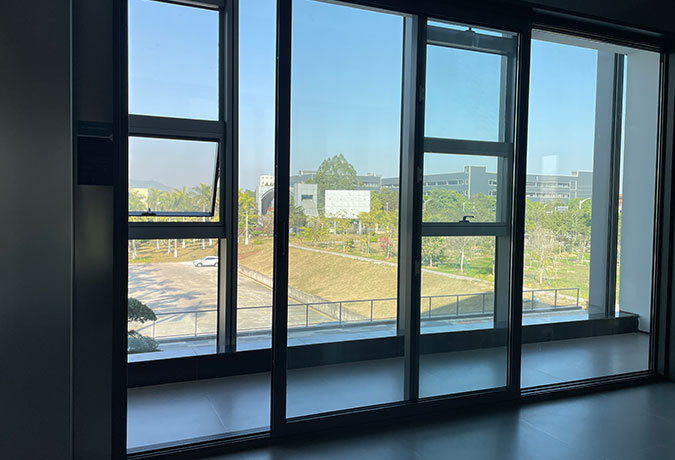
A Complete Guide to Aluminium Frame Profiles for Modern Structures

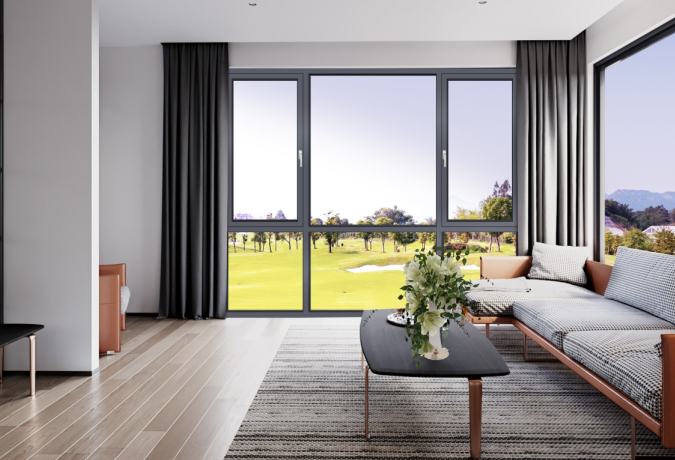
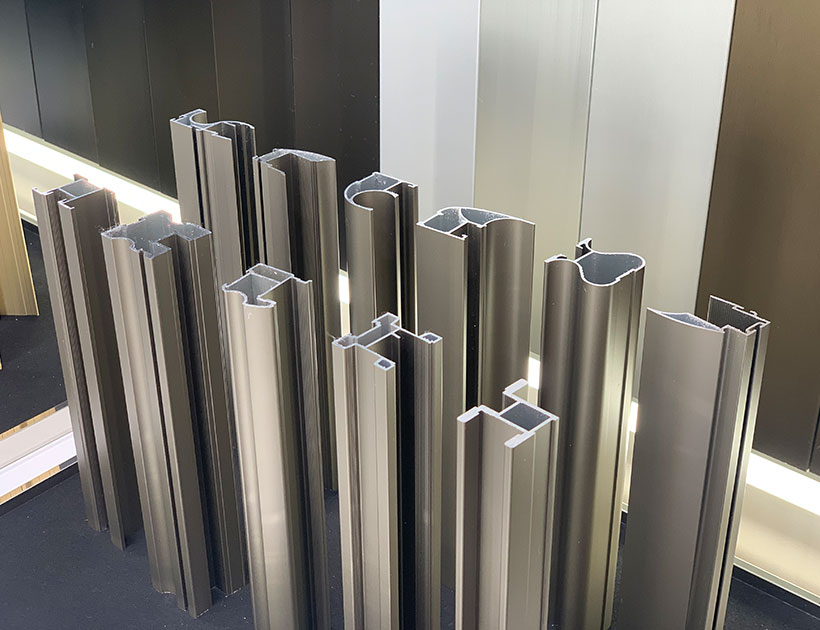
Exploring the Strength and Versatility of Aluminium Extrusion Profiles
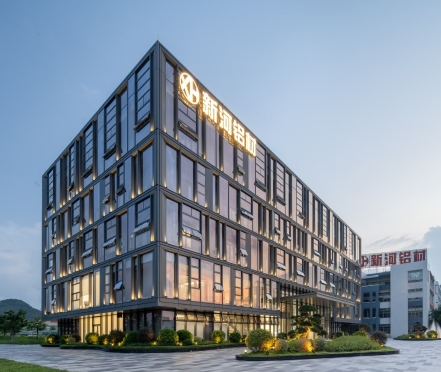
How to Choose the Right Aluminium Profile Supplier for Your Project
